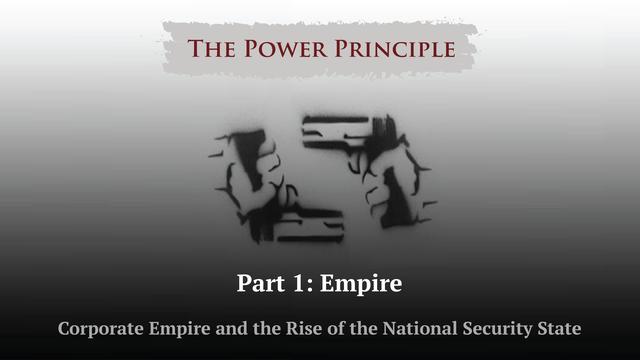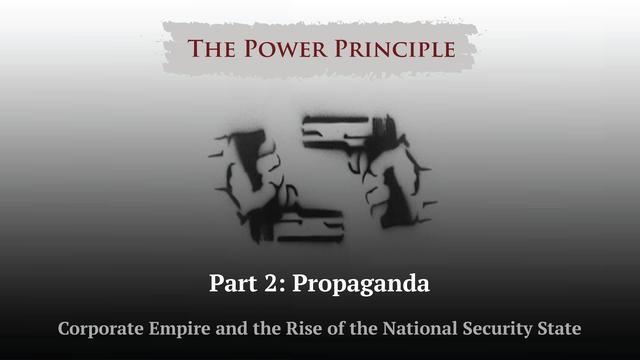The Power Principle
The Power Principle

Details the growth and rise of the American Empire, particularly during the Cold War period, weaving together various “alternative” histories about the American empire, such as its interventions in Iran, the Congo, and Grenada, to lay the premise that the Cold War was not just a struggle between the Soviet Union and the United States; the real struggle was between American corporations (the US war industry, Wall Street, the US military and the government in Washington) and the Third World.

An interesting and unnerving look at how everyday people are manipulated by the powers that be. One of the key statements in this section is one from Senator Andenberg, a Republican from Michigan, who told his colleagues that the only way to convince US citizens to expand their military and become an imperial nation so soon after the carnage of World War Two was “to scare the hell out of” them. And that has been the essence of Washington’s line to its own citizens ever since.

Provides a discussion of the US Empire in the post-Soviet age. Key to this discussion are two things: nothing changed as far as the military-industrial complex was concerned, and the agreement between the two political parties over empire is stronger than ever before. In other words, there is no difference in the way US foreign policy is conducted, no matter which major party’s candidate wins the White House. Unfortunately, the overriding conclusion is that the transformation of the military-industrial-complex into an entity that benefits mankind is both necessary if we are to survive as a species and unlikely unless the current system is removed.